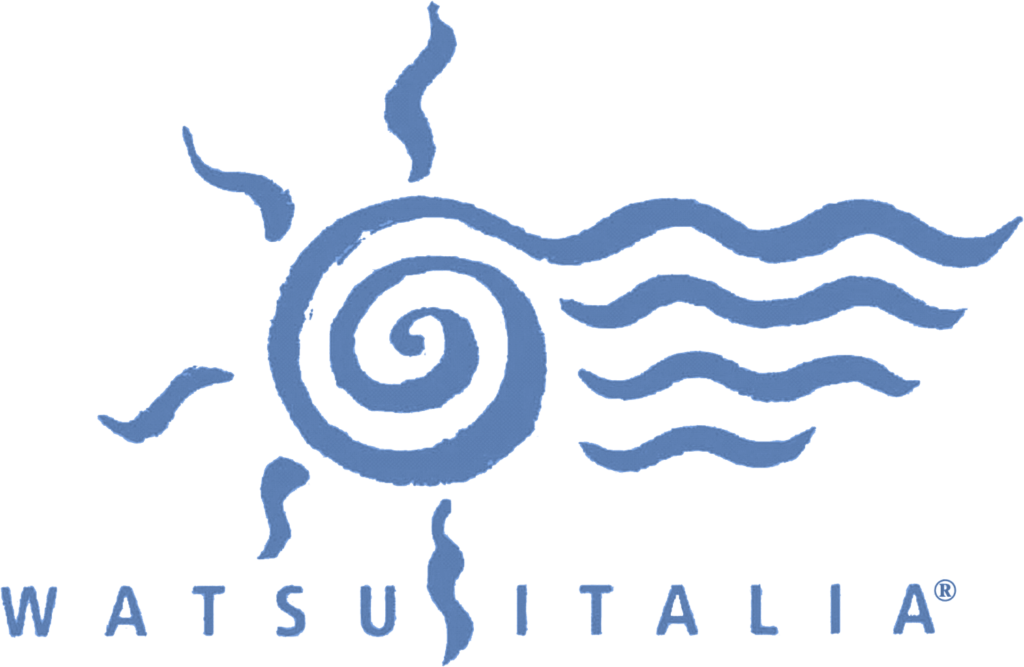Developed in 1987 by the Swiss Arjana C. Brunschwiler and Peter Schröter, WaterDance is a discipline independent of WATSU. In 1993 the two pioneering forms of aquatic bodywork were merged in Switzerland and the United States.
Similar to Watsu, WaterDance is practiced in water, at human body temperature. It is a technique for experienced practitioners, who have already acquired familiarity with Watsu.
In WaterDance, clients are led underwater, equipped with nose clips, into three-dimensionality and weightlessness. This phase requires intuition and a well-developed sense of the rhythm of the clients’ breathing on the part of the operators. In a WATA treatment, the sequences on the surface and under the water follow one another rhythmically and according to the recipient.
Yoga teaches that, in a relaxed physical condition, apnea calms mental activity, allowing the achievement of meditative states. Since in WaterDance the entire body and even the face are constantly surrounded by the sweetness and warmth of the water, many people say they experience feelings of happiness and pulsating vitality. On a physical level, the use of precise levers allows the main joints of the body to be loosened and mobilized. In some cases, in fact, WaterDance recalls the Japanese martial art of aikido or the movements of classical dance. Sometimes it also recalls swimming and the play of dolphins or the silent floating of the fetus in the mother’s womb.
Given the diversity of human beings, WaterDance is experienced in extremely different ways: the sensations range from the deepest states of relaxation to shifts in the space-time axis, from regressions to childhood to prenatal or birth-specific experiences. Memories of old wounds can emerge from the unconscious or sometimes the body can release old tensions through spontaneous movements. Some people report feeling general wholeness and unconditional love during and even long after undergoing a WATA session.
From this perspective, WaterDance is a form of body therapy that should be practiced by well-trained operators in a protected environment, so that the multiplicity of feelings and sensations that arise can find the space it needs.
 Arjana C. Brunschwiler (CH)
Arjana C. Brunschwiler (CH)
Director of the Institut für Aquatische Körperarbeit Schweiz [Institute for Aquatic Bodywork Switzerland]
International teaching activity for WATSU and WATA
Jahara Specialist.
Instructor of physical activity and relaxation (diploma seminar danja Zurich).
Body therapist (Shiatsu, Tantsu, Massage, Rebalancing certified in the USA).
Specializations in energetic and healing activity (Energy Mastery School USA, Tantra, Reiki).
Advanced training in dance (classical, modern, oriental)
She has been involved in Buddhism, meditation and yoga for many years (in India, Thailand, Switzerland).
Website: https://waterdance.world/en/wata/
